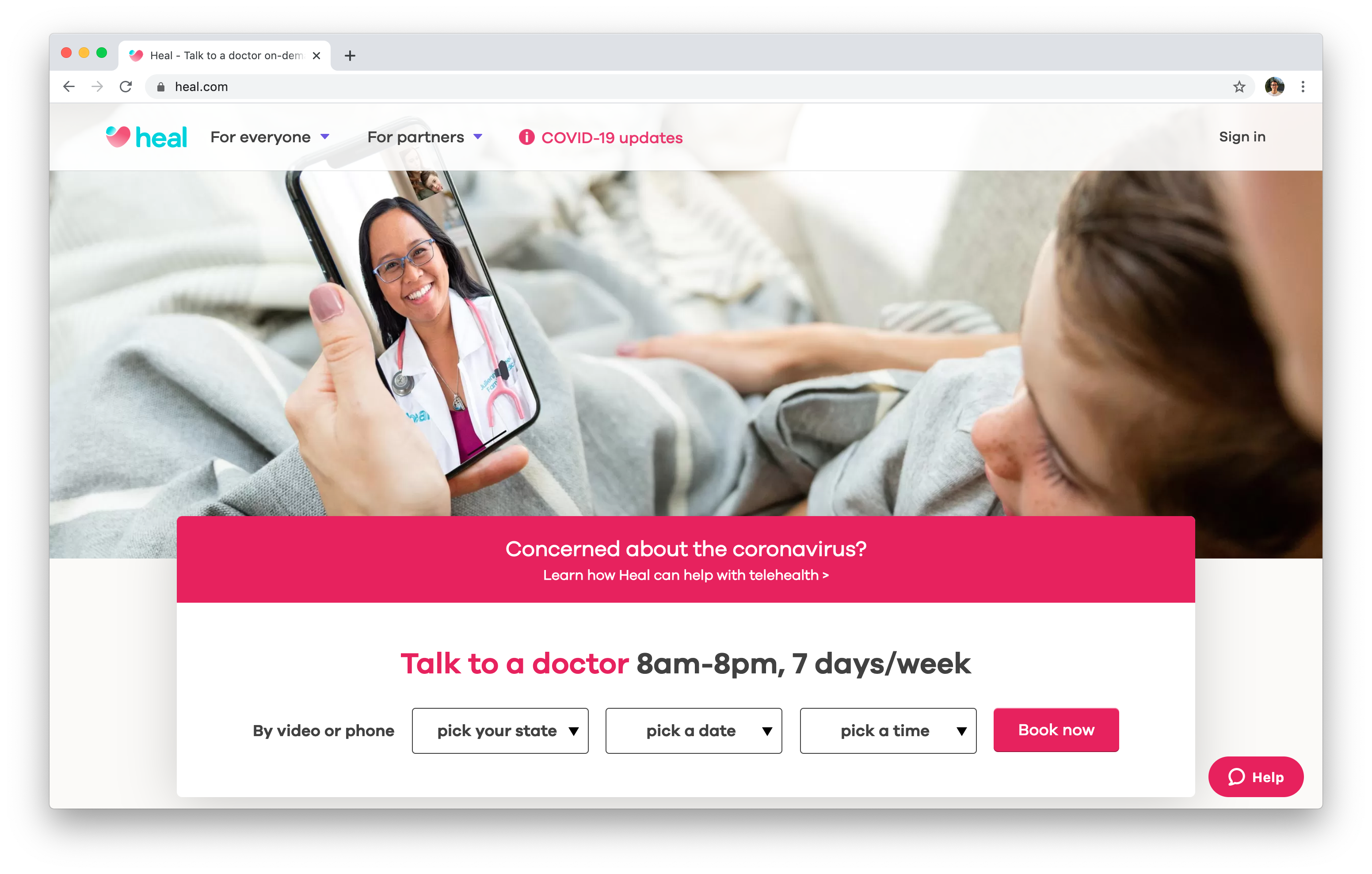Discover the Benefits of Subscription Based Healthcare for Affordable Medical Care
Discover the Benefits of Subscription Based Healthcare for Affordable Medical Care
Blog Article
Comprehending the Cost-Effectiveness of Subscription-Based Healthcare Models
As the healthcare landscape evolves, subscription-based versions become an engaging alternative, guaranteeing to redefine just how individuals manage medical costs. Examining these versions' cost-effectiveness demands a nuanced comparison with traditional insurance, thinking about both financial implications and client complete satisfaction. While they provide transparency and predictability in prices, concerns remain about their capacity to satisfy diverse health care demands, specifically for specialized therapies. The perspectives of doctor even more complicate this equation, offering a multifaceted challenge. What does the future hold for these versions, and can they genuinely deliver on their assurance of easily accessible, budget-friendly care?
Review of Subscription-Based Models
Subscription-based health care models, in some cases described as straight key treatment or attendant medicine, are progressively acquiring focus as a potential remedy to ineffectiveness within traditional healthcare systems. These designs run on the concept of offering clients straight accessibility to doctor through a yearly or month-to-month charge, bypassing the need for traditional insurance coverage devices. This arrangement aims to improve patient-provider interactions by minimizing management problems, which commonly hinder timely and tailored care.
At the core of subscription-based designs is the emphasis on an extra individualized individual experience. Clients benefit from boosted access to their doctors, commonly including next-day or same-day consultations, extended appointment times, and straight interaction channels such as phone or video calls. This design promotes a positive approach to medical care, where service providers and people can collaboratively concentrate on preventative treatment and persistent disease administration.

Expense Contrast With Traditional Insurance Policy

One of the primary economic advantages of subscription models is transparency in prices. Individuals pay a predictable charge, which can simplify budgeting and financial preparation. Furthermore, these designs usually eliminate co-pays and deductibles for protected solutions, decreasing out-of-pocket spending. Alternatively, typical insurance policy may be a lot more useful for people requiring specialized care or pricey treatments not covered under a registration version, as they take advantage of the broader insurance coverage network and cost-sharing mechanisms.
Nevertheless, cost-effectiveness is context-dependent. While membership designs could supply savings for those mostly needing key treatment, individuals with chronic problems or specialized healthcare requirements may find traditional insurance extra comprehensive. Examining specific health care needs and prospective use is essential in establishing the most cost-efficient alternative for individuals.
Influence On Patient Fulfillment
Patient complete satisfaction within subscription-based health care models frequently shows a considerable improvement over conventional insurance policy systems. This enhancement is mainly credited to the customized care and access these versions offer. Individuals regularly report higher fulfillment because of reduced wait times and the ease of organizing visits. Unlike traditional systems, where patients may experience hold-ups in getting treatment, subscription-based check designs make sure more straight and timely interactions with health care carriers.
Additionally, the openness in prices connected with subscription-based healthcare alleviates the usual irritations connected to unanticipated fees and intricate invoicing procedures seen in traditional insurance (subscription based healthcare). Clients value recognizing the specific economic dedication upfront, bring about raised depend on and confidence in their medical care administration
Additionally, the focus on preventive care and health in subscription designs adds to boosted health results, even more improving individual satisfaction. By concentrating on ongoing health maintenance instead of anecdotal treatment, patients experience an even more alternative and continual health care journey.
In addition, the enhanced provider-patient connection fostered in these versions, characterized by more time invested per client and customized focus, plays a critical duty in boosting person satisfaction levels, as patients feel truly cared for and comprehended.
Provider Experiences and point of views
From the supplier's point of view, subscription-based healthcare models use a transformative method to providing medical services. These versions highlight a preventative and positive medical care strategy, permitting companies to concentrate on extensive client care without the restraints of conventional fee-for-service plans (subscription based healthcare). This shift in emphasis usually causes improved client outcomes and increased copyright fulfillment, as healthcare professionals can designate more time and sources to individual interaction and customized treatment strategies
In addition, registration versions promote foreseeable earnings streams, which boost monetary stability for healthcare carriers. This predictability permits enhanced source planning and allocation, adding to a much more effective medical care delivery system. Providers can purchase personnel facilities, technology, and training renovations, thus boosting find more information the high quality of treatment supplied.
However, the change to subscription-based versions is not without difficulties. In spite of these hurdles, several companies discover that the advantages of boosted patient interaction and streamlined procedures surpass the initial challenges, making subscription-based versions an attractive choice.
Future Prospects and Difficulties

A main obstacle is regulatory conformity, as membership designs need to follow advancing health care policies and insurance requirements. This demands continuous adaptation and innovation to make certain positioning with legal requirements. In addition, incorporating these designs right into existing health care frameworks can be intricate, needing significant investments in modern technology and training.
There is additionally the prospective threat of developing inequities in medical care accessibility, as subscription designs could prefer those that can afford them, leaving at risk populations underserved. Addressing this needs thoughtful factor to consider of rates techniques and aid mechanisms to make certain inclusivity.
Conclusion
Subscription-based health care versions present a viable choice to conventional insurance by site web providing monetary predictability and openness, especially benefiting individuals with persistent conditions or regular medical care needs. The cost-effectiveness of these models is contingent upon specific medical care usage patterns and situations. While they might enhance individual complete satisfaction and simplify budgeting, challenges continue to be in addressing specialized treatment requirements. Future considerations consist of balancing comprehensive insurance coverage with cost and integrating these designs within the more comprehensive healthcare system for optimum results.
Subscription-based health care models, occasionally referred to as straight primary treatment or attendant medicine, are significantly gaining interest as a prospective service to inefficiencies within traditional healthcare systems. Unlike typical systems, where clients might experience hold-ups in obtaining care, subscription-based versions ensure even more direct and prompt communications with healthcare companies.
These models highlight a preventative and proactive healthcare strategy, enabling suppliers to concentrate on detailed individual care without the restraints of typical fee-for-service arrangements. As these models proceed to gain grip, they offer the possible to change individual accessibility to care, enhance solution delivery, and optimize health care spending.Subscription-based healthcare models present a practical choice to conventional insurance coverage by using financial predictability and openness, particularly profiting individuals with chronic conditions or regular medical care demands.
Report this page